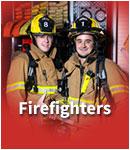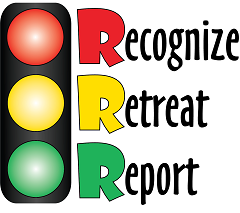Firefighters

It is essential that firefighting operations within or near areas that are known or suspected to contain military munitions (e.g., unexploded ordnance or UXO) be planned with consideration of explosives safety. This is equally true when a fire involves munitions operating facilities (e.g., current of former production facilities, demilitarization facilities). During planning and, if necessary, firefighting, local explosives safety specialists, bomb squad personnel and the nearest military explosives ordnance disposal (EOD) unit should be used as resources.
Additionally, millions of acres of property in the United States are known or suspected to contain munitions. For the most part, munitions are present as a result of live-fire training and testing and other training activities conducted to ensure the readiness of our nation’s military forces. Such property includes operational ranges on active military installations, former ranges on installations closed or closing under the Base Realignment and Closure (BRAC) Act or property once used by the Department of Defense, such as Formerly Used Defense Sites (FUDS).
The potential risk to firefighters and firefighting equipment should be considered and managed prior to and during fighting a fire that involves or potentially involves property known or suspected to contain munitions. This same precaution applies to fires that involve both current and former military munitions operating facilities.
Fire departments that either (a) are responsible for fighting fires on an active military installation or on property once used by the military, or (b) may support such firefighting efforts should coordinate with the below entities for information about areas known or suspected to contain explosive hazards.
Recognizing and mitigating the risk associated with fighting fires that may involve munitions is paramount to reducing the risk of death or serious injury to firefighters and the public and to preventing the loss of critical assets including firefighting equipment. Protect yourself and your co-workers by:
For more detailed information, read the 3Rs Explosives Safety Guide for Wildland Firefighting.

when you may have encountered a munition and that munitions are dangerous.
do not approach, touch, move or disturb it, but carefully leave the area.
call 911 and advise the police of what you saw and where you saw it.
USACE Safety Video

